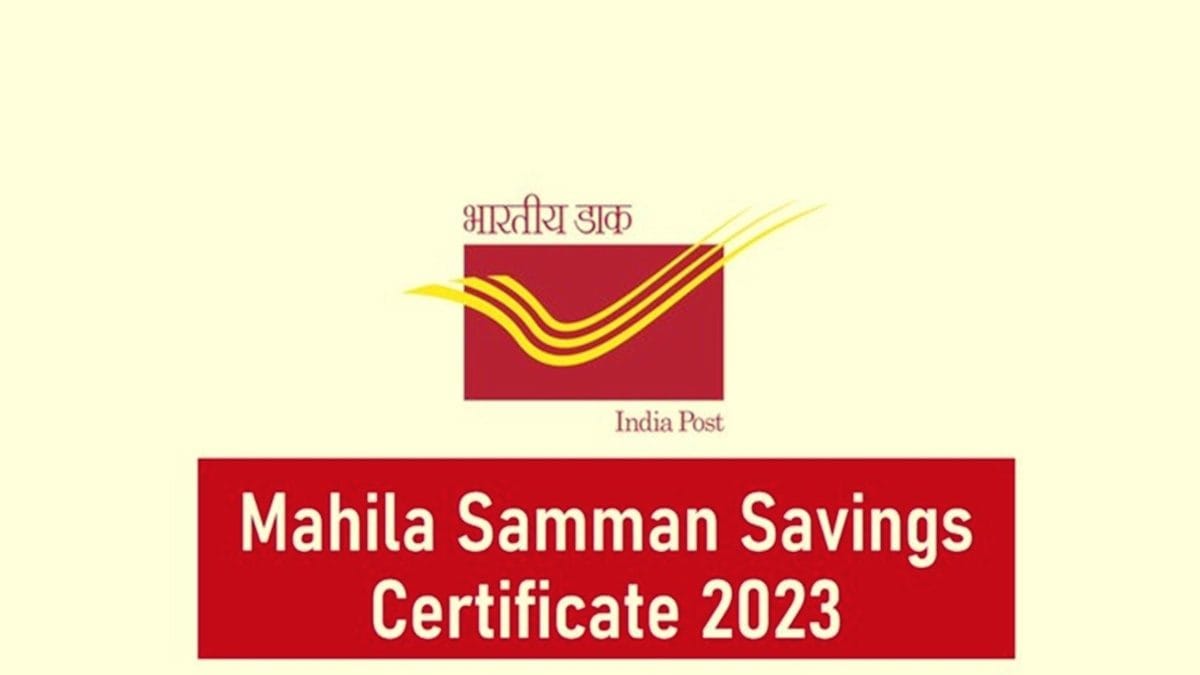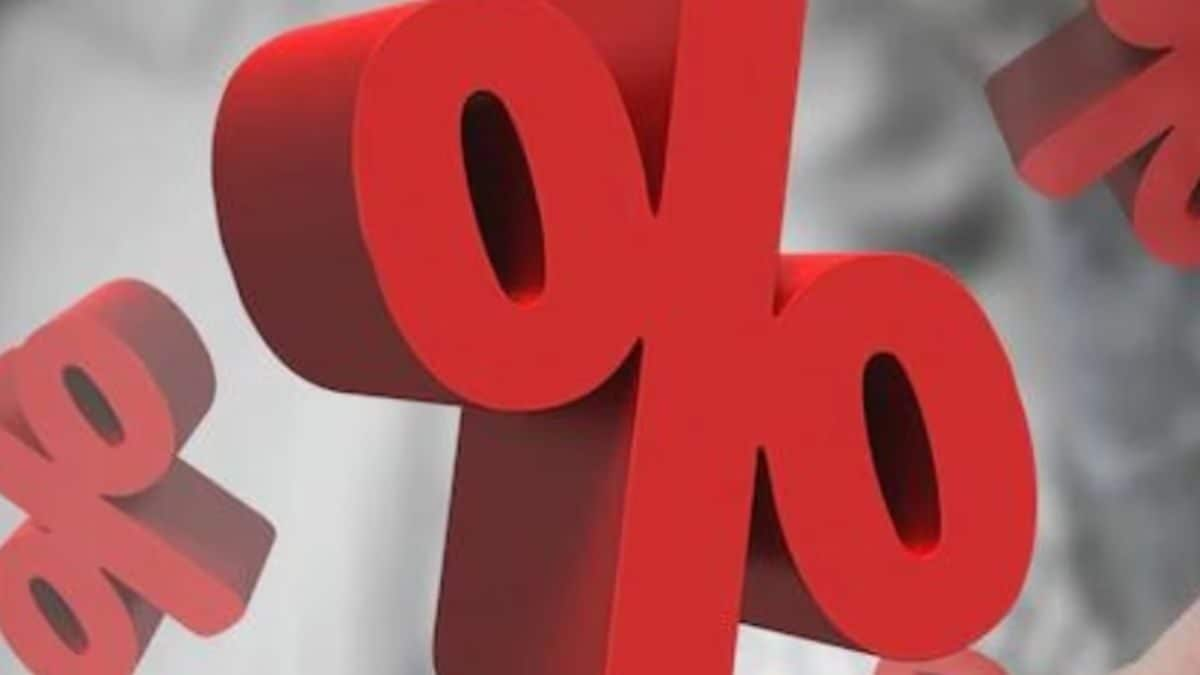[ad_1]

A decline in output of Kharif crops and sowing area for Rabi would directly impact farm incomes and therefore rural consumption. (Shutterstock)
The weakness in rural demand could worsen in the coming quarters, with agricultural growth sliding into the negative territory and rural incomes likely to get impacted significantly due to lower-than-anticipated Kharif crop output
The Indian economy grew more than expected in the July-September period of fiscal 2024, with GDP growth of 7.6 per cent. The number brought cheer, since economists had predicted growth of close to 7 per cent or less.
According to an analysis by CARE Ratings, the upside in growth was mainly due to investments and government consumption and the Q2 number was only marginally lower than the 7.8 per cent growth recorded in the immediately preceding quarter. And despite headwinds in the remaining two quarters of the year, India’s GDP growth is likely to remain on a firm footing for FY24.
The pain points in the first six months, though, have been private consumption growth and now, agricultural slowdown. Private consumption remained muted in Q2 due to weak rural demand and moderation in urban demand amid elevated inflationary pressures in the quarter, according to CARE Ratings. And the weakness in rural demand could worsen in the coming quarters, with agricultural growth sliding into the negative territory and rural incomes likely to get impacted significantly due to lower-than-anticipated Kharif crop output.
In Q2, agricultural sector growth was just 1.2 per cent against 3.5 per cent in the April-June period, becoming the slowest quarter in four-and-a-half years due to erratic rainfall.
Rating agency ICRA has said that agri GVA (gross value addition) growth will decline by more than one per cent in the second-half of the fiscal year due to a decline in Kharif output as well as concerns over the Rabi season output.
“ICRA is cautious about the prospects of the Rabi crop output and estimates the GVA growth of agriculture, forestry and fishing at sub -1.0 per cent each for Q3 and Q4 FY2024….Overall, ICRA estimates a sub -2.0 per cent agri-GVA growth for FY2024 (vs. +4.0 per cent in FY2023),” it said. The sowing of rice and pulses in the Rabi season is lower by over 8 per cent while that of wheat is down by about 5 per cent. And as per government’s first advance estimates, output of major Kharif crops is already lower.
A decline in output of Kharif crops and sowing area for Rabi would directly impact farm incomes and therefore rural consumption. This, in turn, would impact the toplines and margins of fast moving consumer goods (FMCG) companies in particular during the second half of the fiscal year. ICRA said: “Although these are initial estimates, the fears of uneven South-west Monsoon manifesting into lower yields and output seem to have materialised. This is likely to have depressed expectations around farm incomes and may have also weighed on rural spending in Q2 FY2024.”
The other elephant in the room is the tightened purse strings of both, the government as well as the private sector, as general elections near. CARE Ratings said that so far, investment demand has remained robust but could see some moderation in H2 “as both the government and private sector may restrain their capital spending ahead of the general elections”.
But it is not all gloom and doom yet, as the better-than-expected GDP growth number of Q2 and many other parts of the economy are in fine fettle. The GDP forecast for 2023-24 has therefore been raised to 6.2 per cent from 6 per cent earlier by several brokerages.
[ad_2]
Source link




